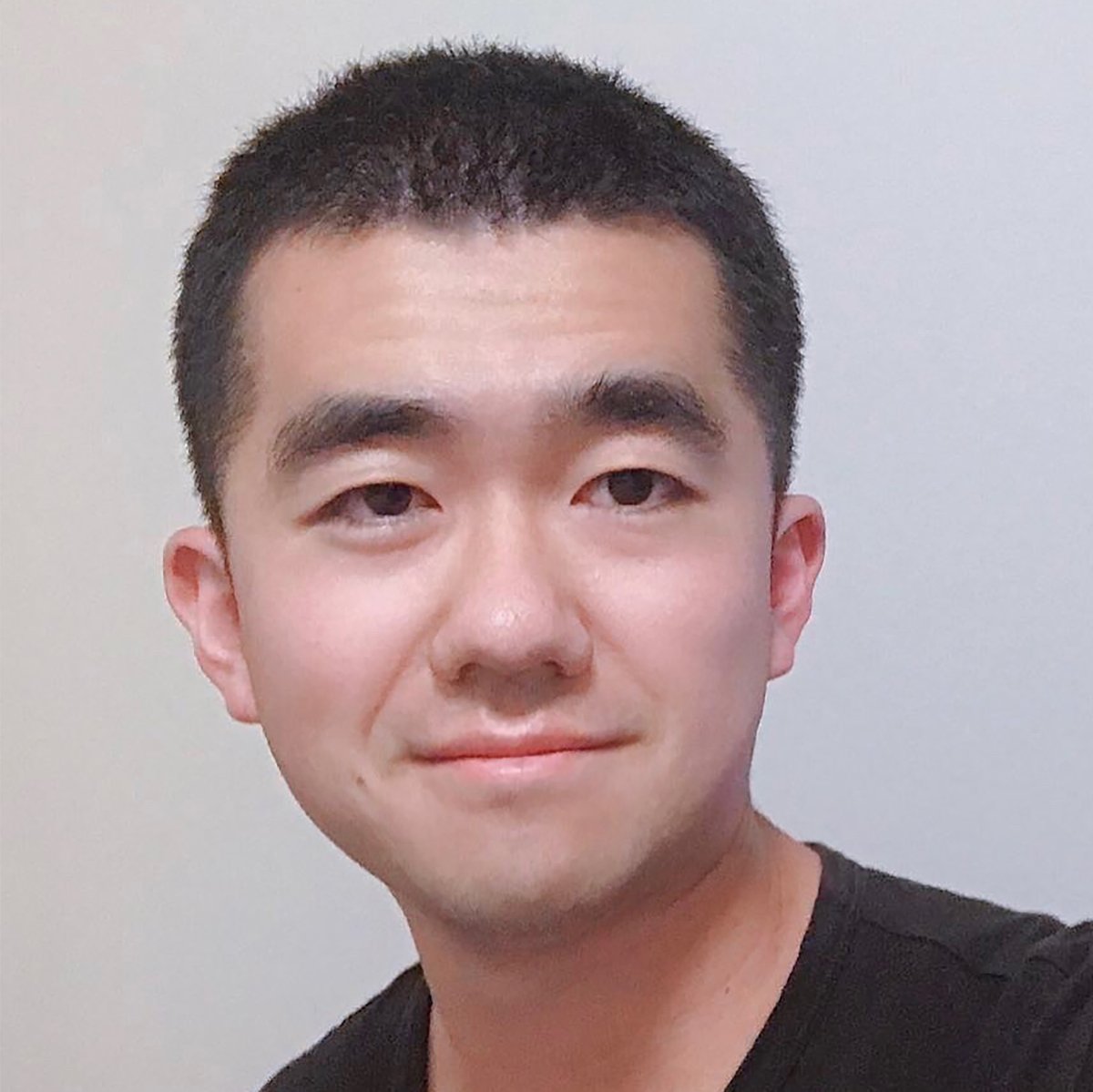Li Receives Eisenhower Transportation Fellowship for Applying Data Science to Improve Pedestrian Safety

Tianyi Li (a doctoral student advised by Raphael Stern) received a prestigious Dwight David Eisenhower Transportation Fellowship. The competitive, merit-based fellowship from the Federal Highway Administration funds students pursuing degrees in transportation-related disciplines. The program aims to foster new perspectives needed to solve complex transportation problems. The goals are to attract bright minds to the field, to encourage completion of advanced degrees, and to retain top talent in the U.S. transportation industry. Tianyi Li was awarded a fellowship to support his research at the intersection of transportation and data science.
Transportation engineering is at a fork in the road. For years, traditional engineering principles were applied to the building of roads, bridges, and related infrastructure. However, over the past decade, advances in sensors and data science have transformed the industry, requiring that transportation engineers also develop expertise in computation and data mining in order to solve the complex, system-level problems facing the industry. Li has a vision of a “world where research can bridge the gap between transportation and computation by applying computer science methods to solve transportation engineering problems.
“Solving the next generation of civil engineering problems will require expertise in traditional civil engineering fundamentals as well as an understanding of data science and how to wrangle the vast amounts of data our infrastructure will soon generate. My goal is to bridge the gap between these disciplines and train the next generation of civil engineers to be proficient in both areas.”
Li’s research focuses on system-level metrics such as transportation data science, machine learning, traffic state estimation, energy consumption, and emissions. Li has published research findings in leading venues in both the civil engineering and the computer science community including the Transportation Research board (TRB), American Society of Civil Engineers (ASCE), the Institute of Electrical and Electronics Engineers (IEEE), and the Association for Computing Machinery (ACM). He is particularly interested in understanding how new vehicle technologies, such as electric vehicles (EVs), automated vehicles (AVs), and shared vehicles, will influence the transportation system and society, in how potential developmental factors will influence infrastructure use, societal issues, the environment, and equity.
“As a person born in China’s northwestern minority area,” says Li, “I am keenly aware of the limitations transportation can impose on regional development. My unique viewpoint helps me contribute to the intellectual vitality of transportation engineering research. My long-term goal is to pursue challenging projects that contribute to the sustainability of our transportation future.”
In a recent study, funded by the Minnesota Department of Transportation (MnDOT), Li leveraged video data to make intersections smarter and safer for pedestrians. When a pedestrian approaches an intersection, there are several possible reactions of the approaching drivers. The main two possibilities are that the driver yields to the pedestrian, or that the pedestrian is forced to yield to the driver and wait. Unsignalized intersections and the low rate of drivers yielding to pedestrians at those intersections pose significant risk to pedestrians. Li’s research used video data and machine learning to identify factors that influence drivers’ yielding rates, to learn how pedestrians navigate the built infrastructure, and to identify intersection features that can lead to higher rates of drivers yielding to pedestrians. Li then used machine learning, to create a computer model of driver-pedestrian interactions that could aid transportation engineers’ decisions and improve the walkability of intersections. The number of events where drivers do not yield to a pedestrian is expected to decrease, saving lives of pedestrians. Li’s work will enable new intersection design guidelines to improve pedestrian safety.
Li’s research leverages emerging technologies from computer science and machine learning to solve transportation engineering challenges. His work will enhance transportation research.
In the future, Li hopes to help the transportation industry meet the demands of an increasingly automated society, to provide an understanding of how technologies influence traffic overall, and through these, to help prepare our society for future challenges in transportation.
Li traveled to Washington, DC, in January to receive the award at the 2022 Transportation Research Board Annual Meeting.
Top image By Z22 - Own work, CC BY-SA 3.0, https://commons.wikimedia.org/w/index.php?curid=32318103 [cropped]